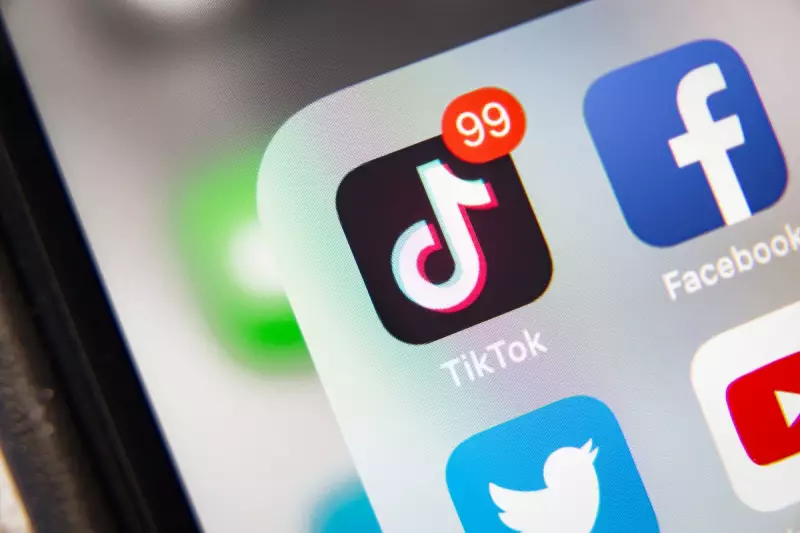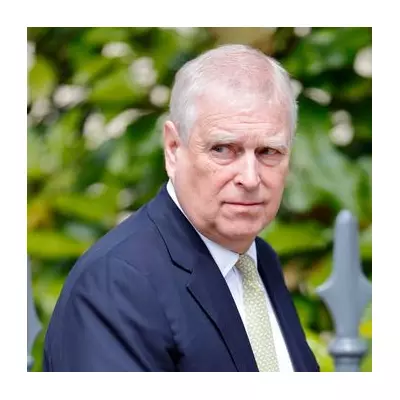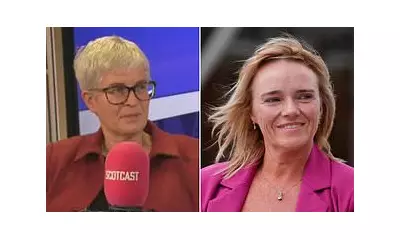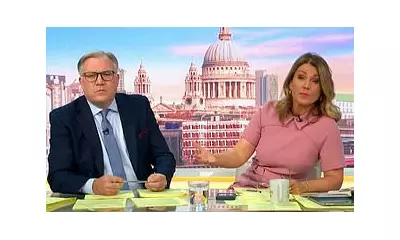
Secret government documents obtained by The Independent have exposed a controversial Whitehall strategy to recruit social media influencers as part of a sweeping digital communications overhaul.
Covert Digital Push
The Cabinet Office has been developing plans to systematically engage online content creators across major platforms including TikTok, Instagram and YouTube. Internal papers reveal this forms part of a broader effort to revolutionise how the government communicates with the public, particularly younger demographics who increasingly bypass traditional media channels.
Labour's Influencer Agenda
While the current Conservative government initiated these plans, documents indicate an incoming Labour administration would likely expand and formalise such influencer partnerships. The strategy appears designed to continue regardless of which party holds power after the next general election.
Whitehall's Digital Transformation
The revelations come as part of a comprehensive review of government communication methods, acknowledging that traditional approaches are failing to reach key segments of the population. The proposed influencer programme represents a significant shift in how ministers and officials plan to disseminate information and shape public discourse.
Ethical Questions Raised
The strategy has sparked concerns about transparency and the potential blurring of lines between genuine content and government messaging. Critics question whether audiences will be adequately informed when creators are effectively acting as paid or incentivised government communicators.
Platform-Specific Approach
Documents indicate the government has been analysing different social media platforms to tailor content strategies accordingly. The approach recognises that different demographics congregate on different platforms, requiring customised messaging tactics for maximum impact.
This development signals a fundamental shift in political communication strategy, moving government messaging directly into the feeds of millions of social media users through personalities they already follow and trust.





